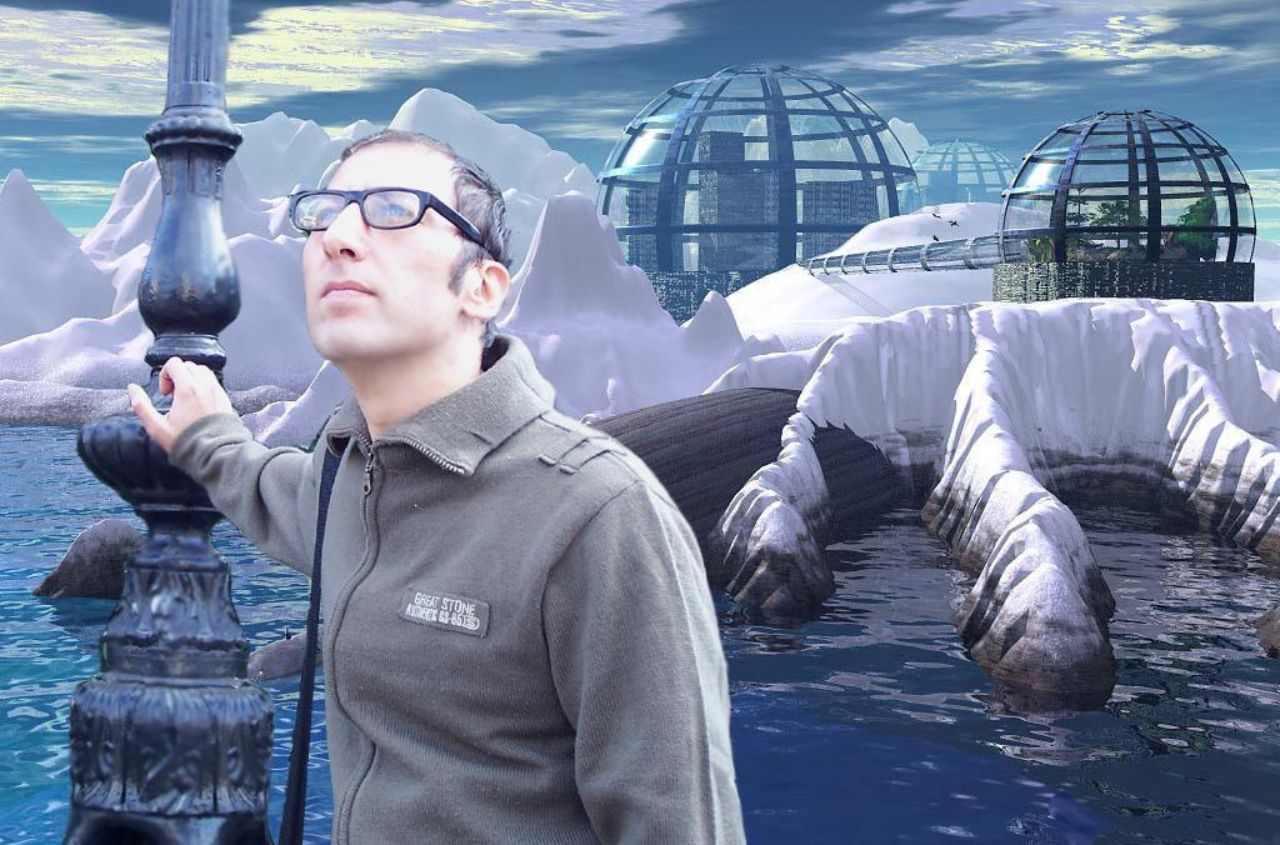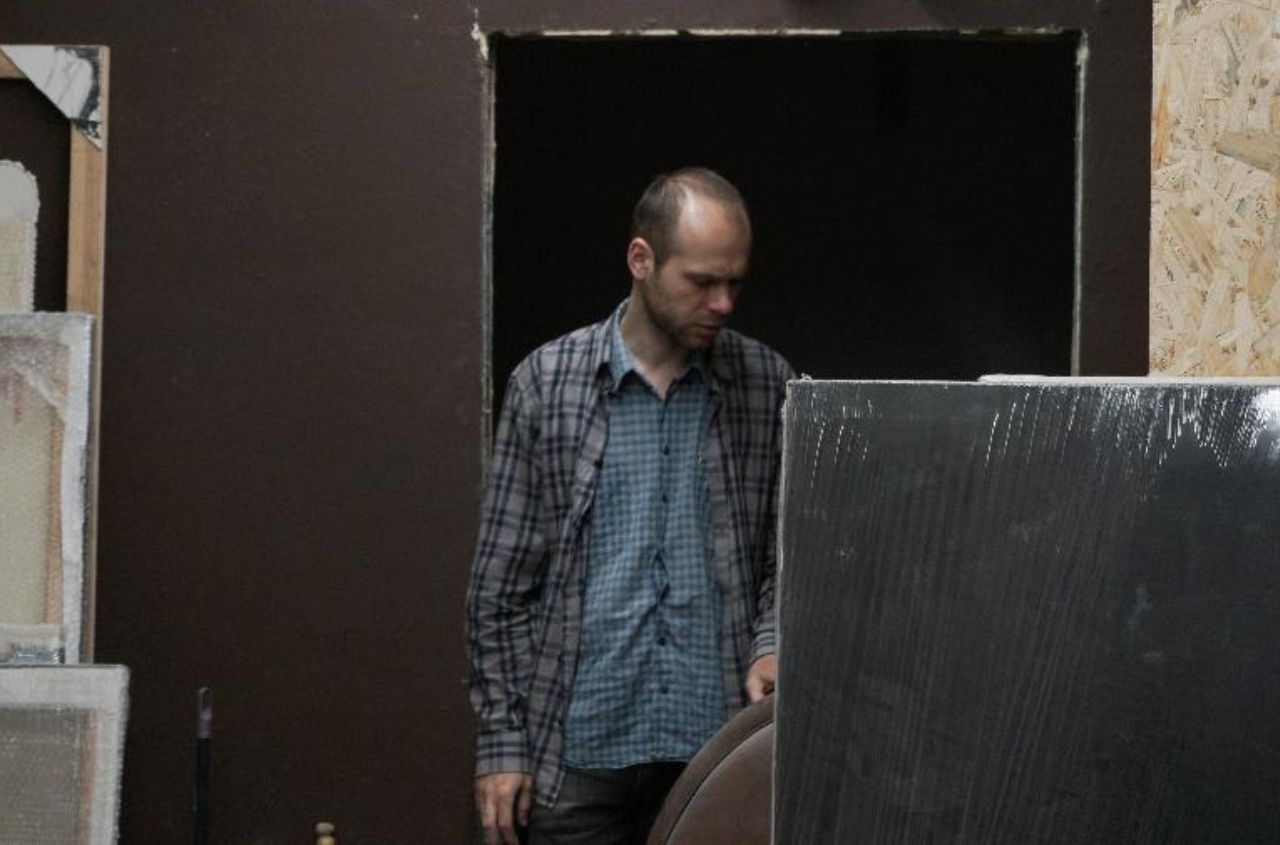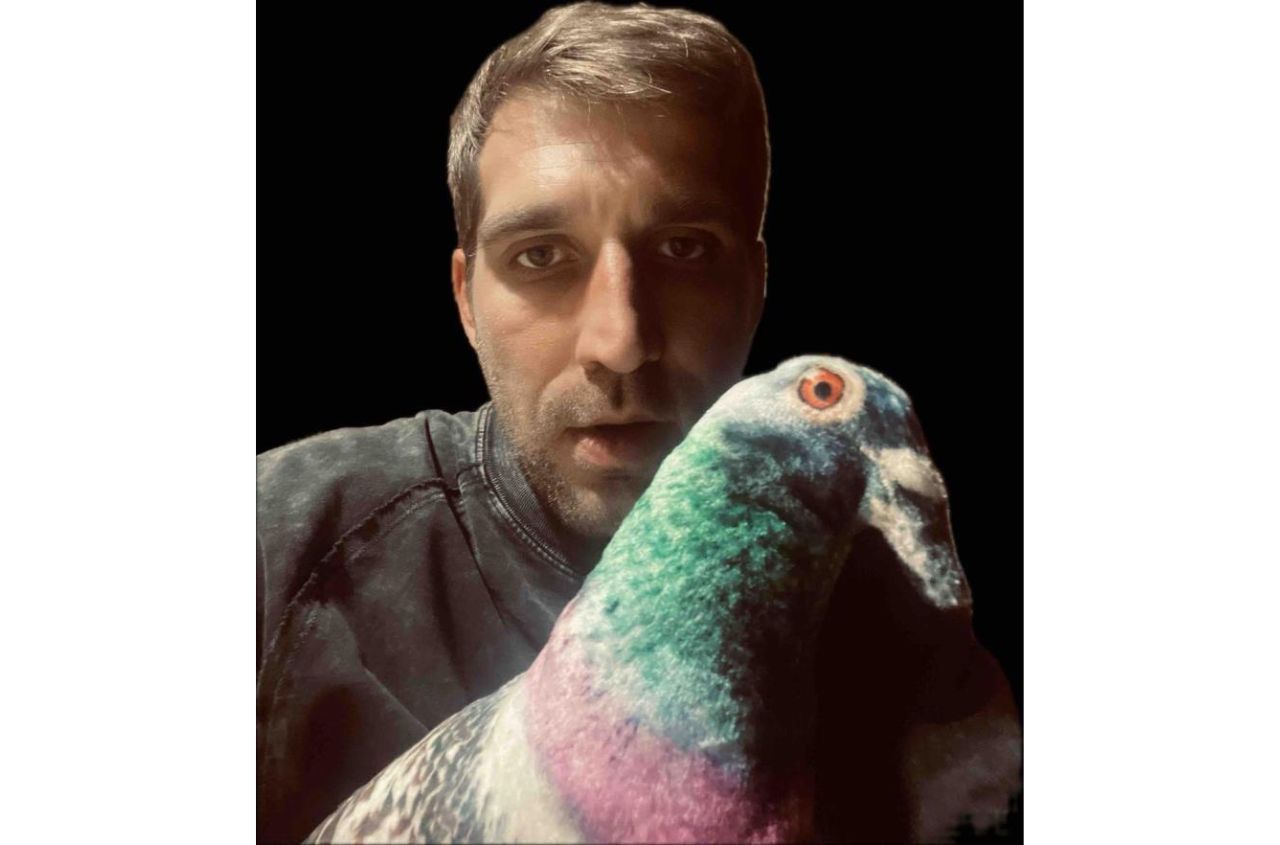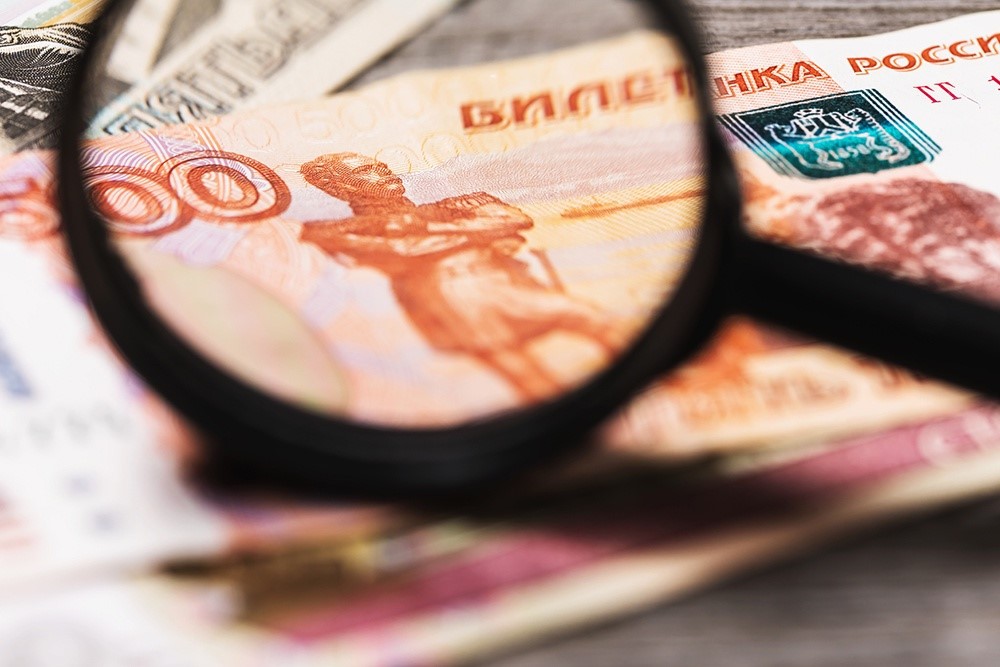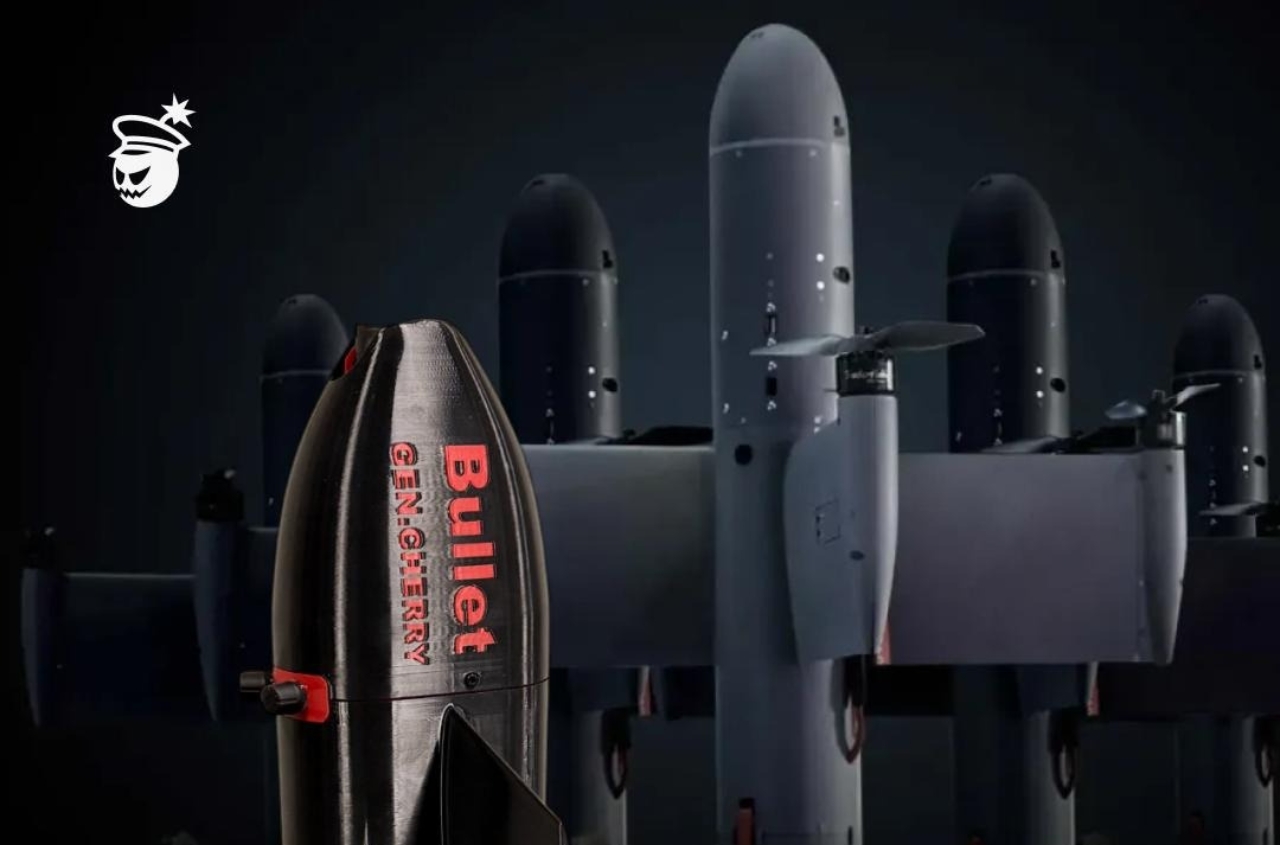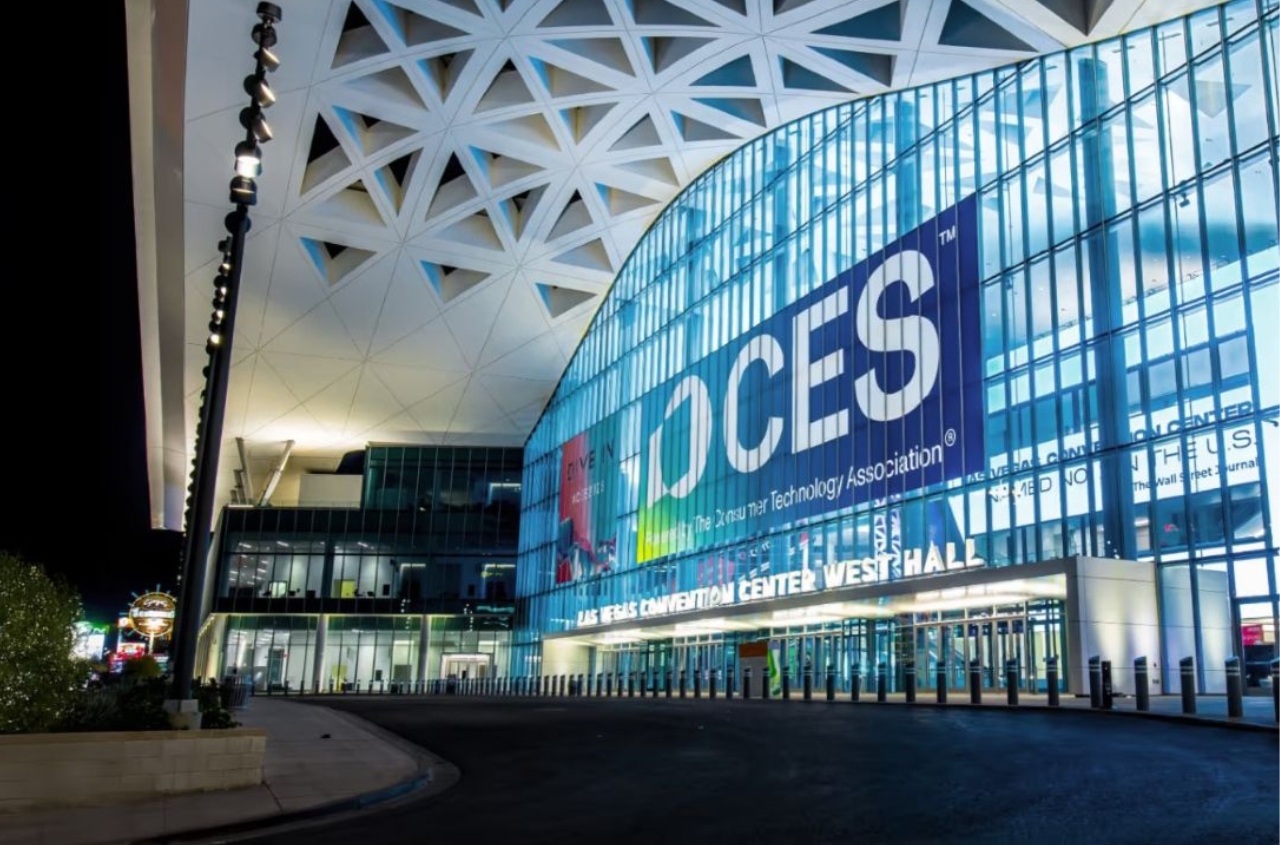Main image: Bondero
Tenth interview through images by Andrew Sheptunov
Odessa is a city where art has never been merely decoration. Here, it is a way of survival, a form of irony, a language used to speak about things that cannot be said directly. In this city, where the sea erases traces yet preserves memory, there exists a name that has long held a distinct place in the artistic landscape — BONDERO.
BONDERO is a Ukrainian painter, sculptor, and author of video installations. He was born in Baku in 1967. He graduated from the Baku State Art College, Faculty of Painting (1986), and later from the Stroganov Academy (1992) with a degree in industrial/graphic design. He has participated in numerous exhibitions and artistic projects in Ukraine and abroad.
His painting is not simply work with color and form. It is an inner chronicle — the personal history of someone who has moved from the radical performances of the 1990s to the philosophical silence of the present. In his youth, he provoked, questioned, and challenged the very idea of what a “painting” could be. Today, he observes, reflects, and searches for equilibrium between chaos and stillness.
Time has changed, yet the energy of rebellion continues to live in his work — not outward rebellion, but an inner one. Where once there was a cry of defiance, now there is contemplation. Yet it is the same voice, simply expressed in a different tone. BONDERO speaks in the language of color, texture, and pause — and this language proves to be more precise than words.
We asked the artist several questions — about the city, about time, about the individual, and about himself. But he will answer not with words, but with his paintings. Thus, a dialogue emerges in which the image becomes the response, and art becomes a way of understanding reality.
Questions & Works
1. What does Odessa mean to you today — a city, a memory, or a mirage?
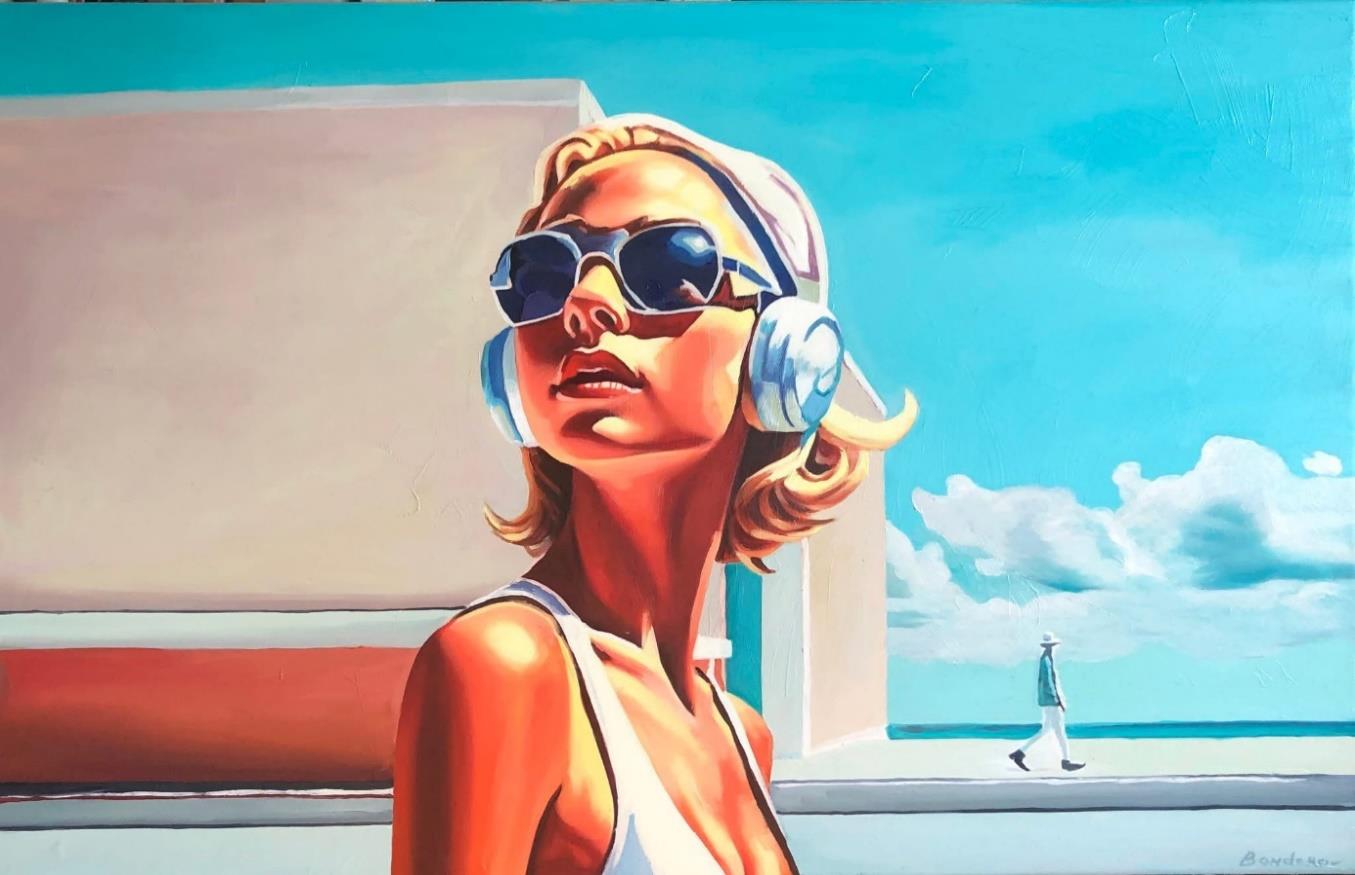
2. How do you translate personal experience of war into the language of painting?
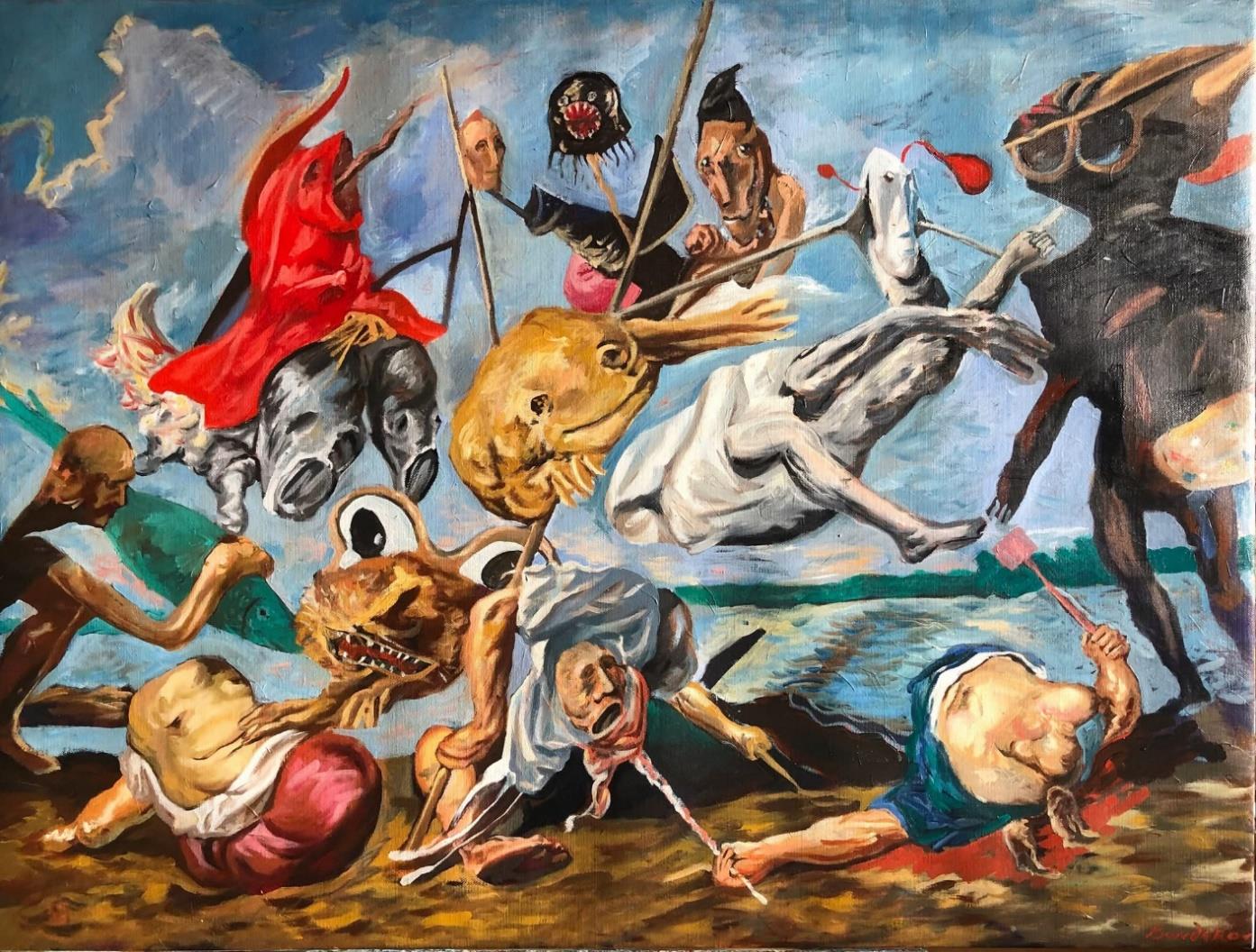
3. What happens to a person when the familiar world collapses around them?
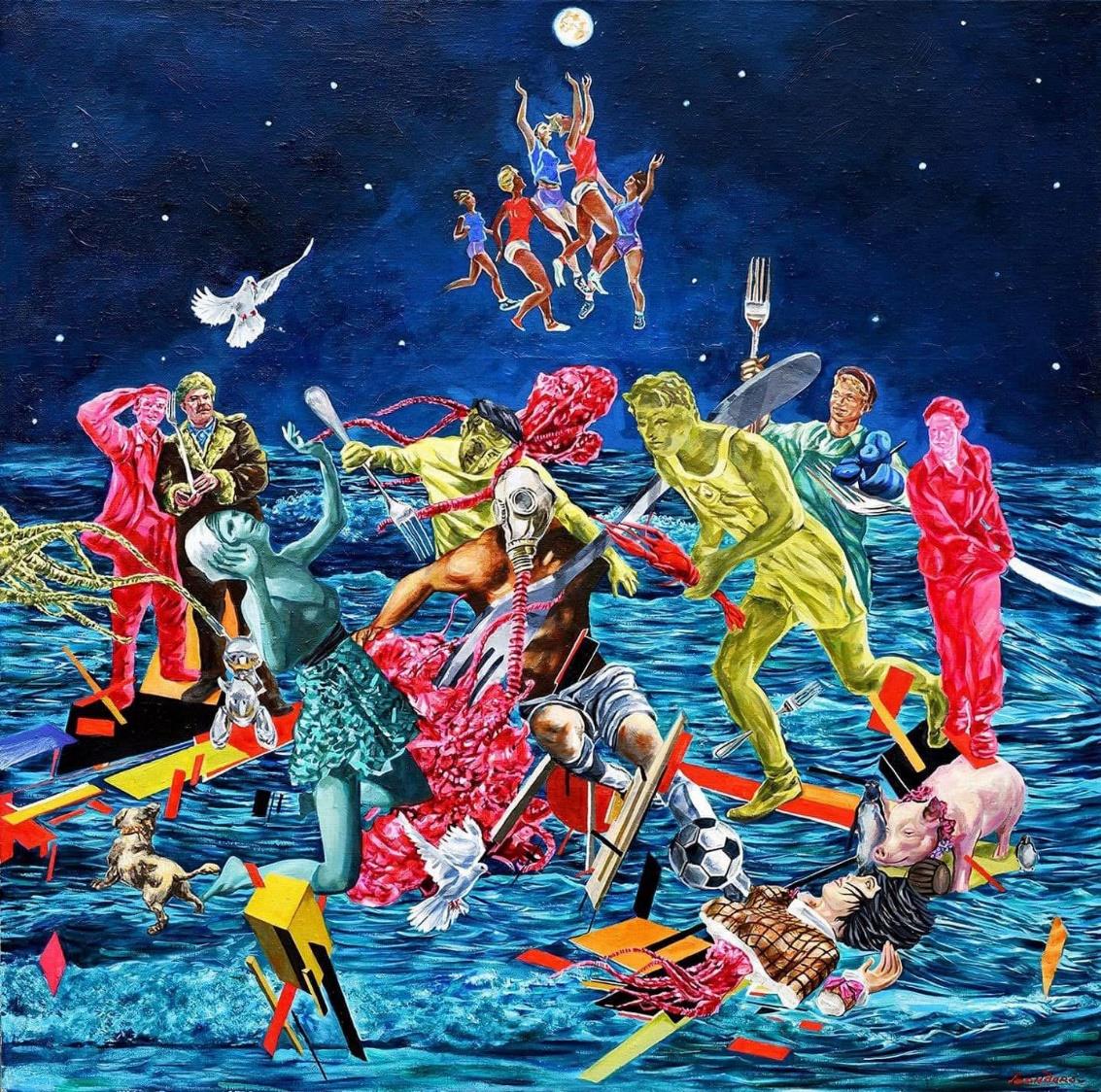
4. If Odessa could speak, what would it say to you?
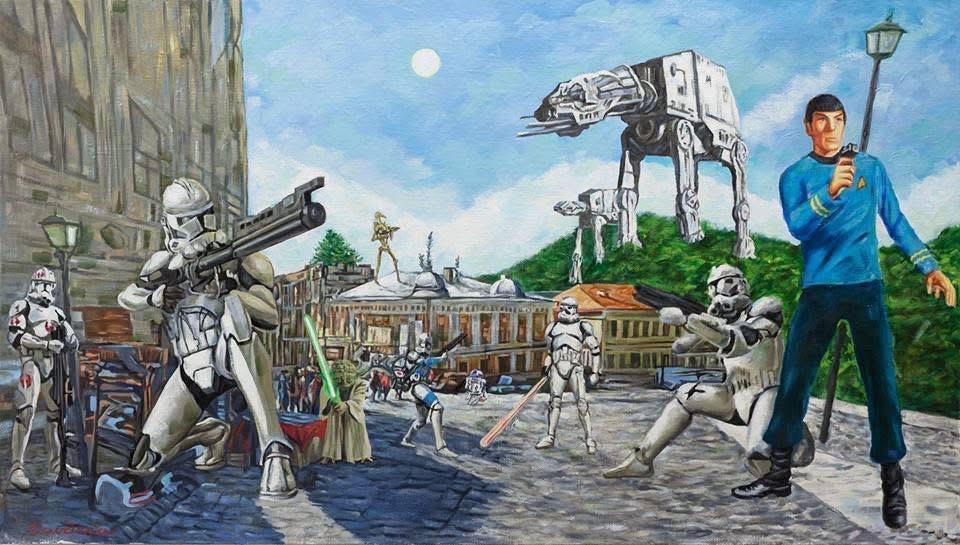
5. What does freedom look like when it is not a slogan but a state of being?
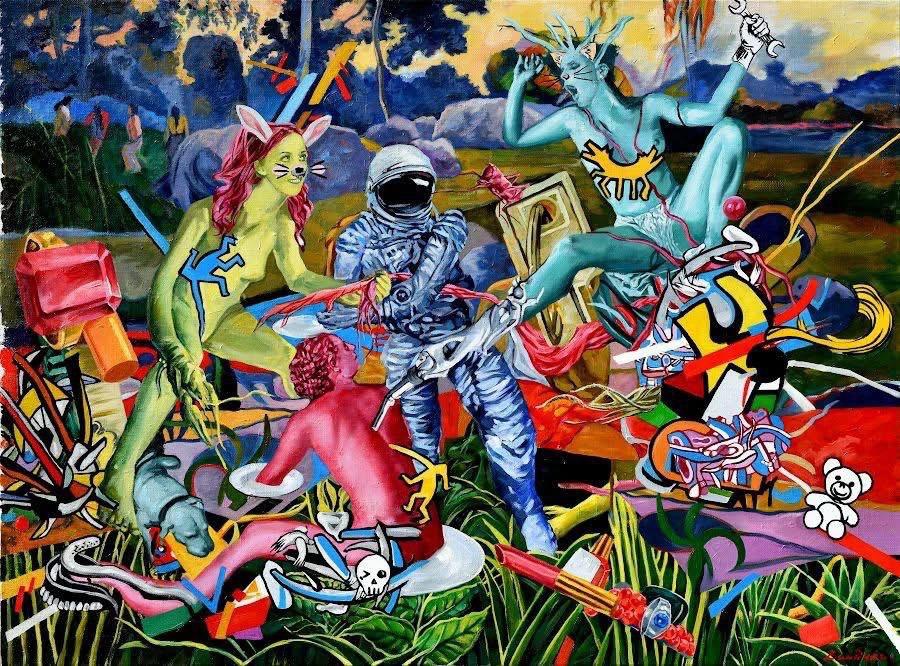
6. What lies beyond the visible — where the narrative of a painting end?

7. How do you see your youth now — as a provocation, an experiment, or a beginning that continues?
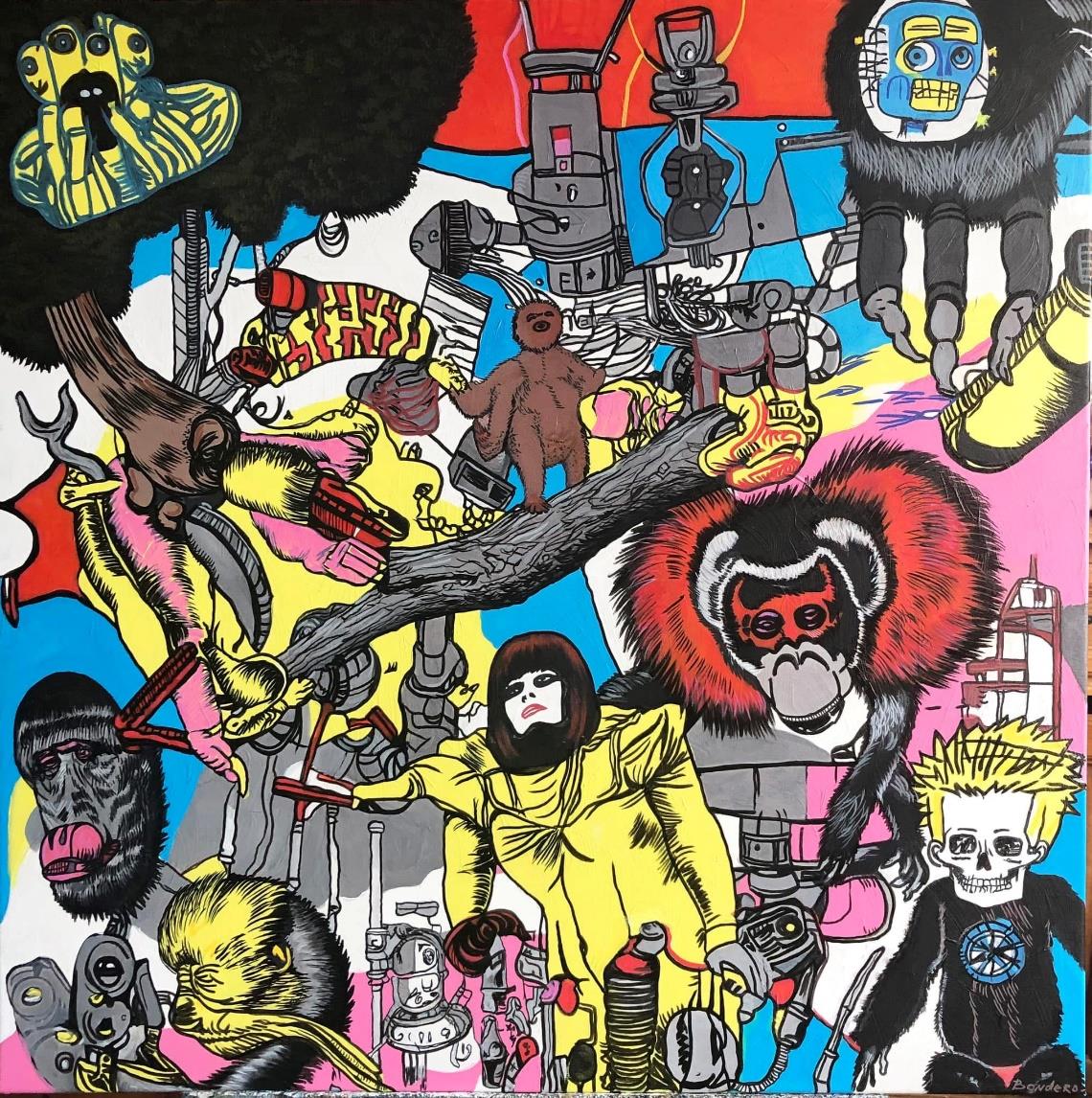
8. Which of your works could be a portrait of this time?
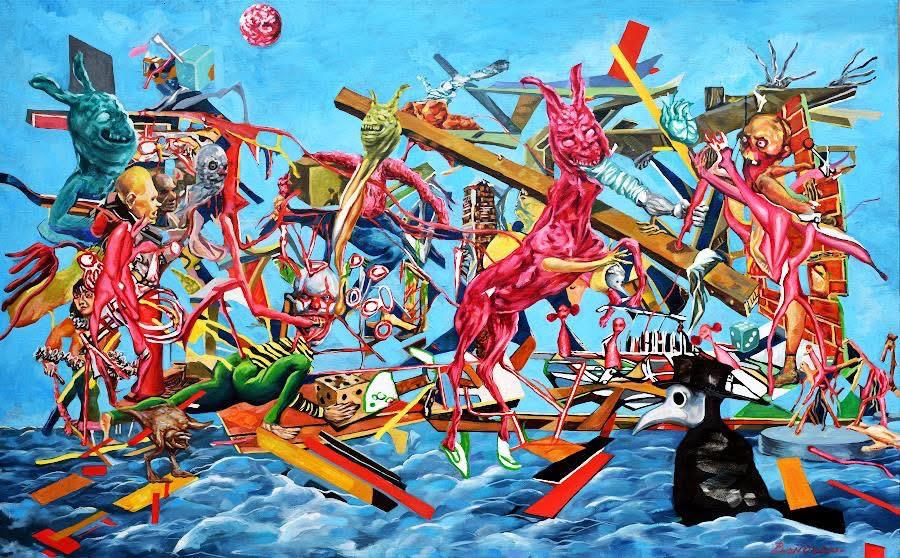
9. How do you imagine the future of Ukraine — through the eyes of an artist rather than a citizen?
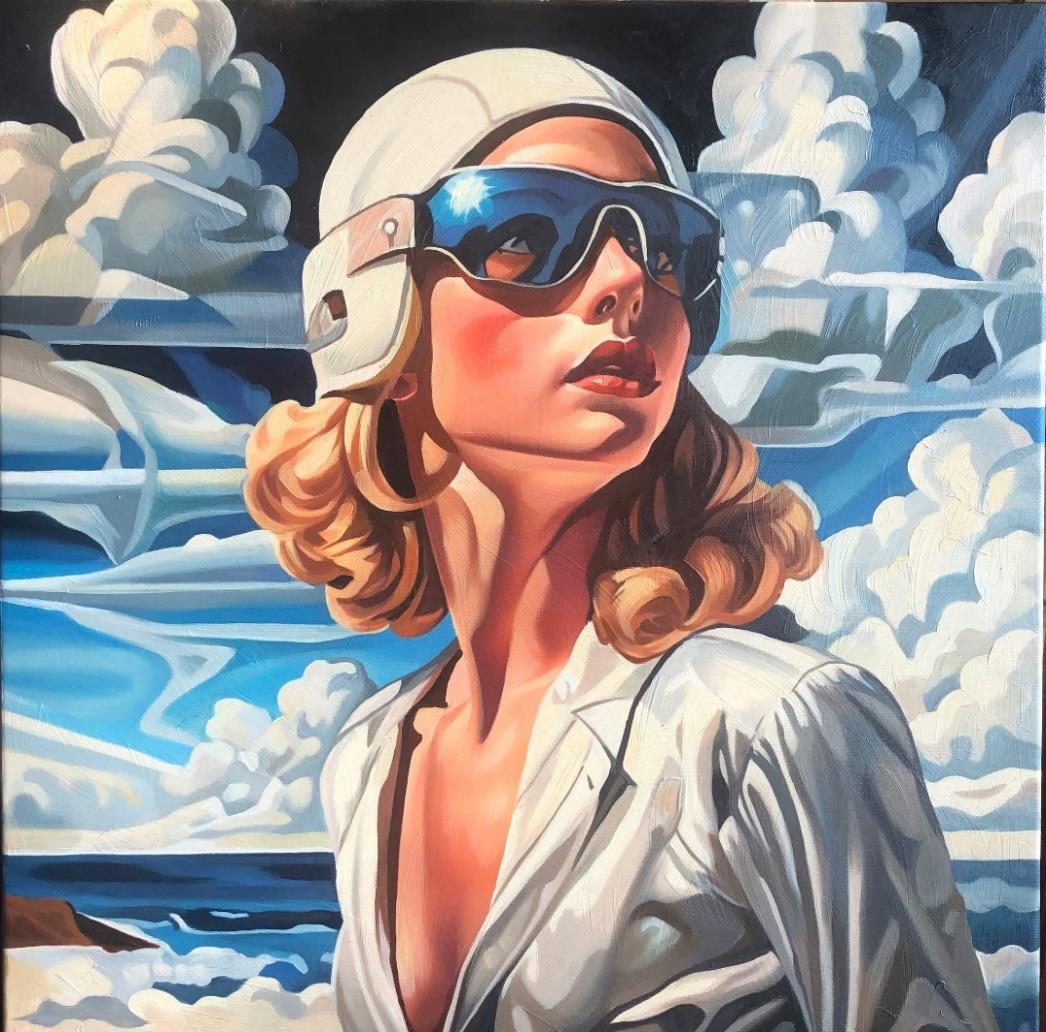
10. Is there space for irony today — or does the moment demand honesty without masks?
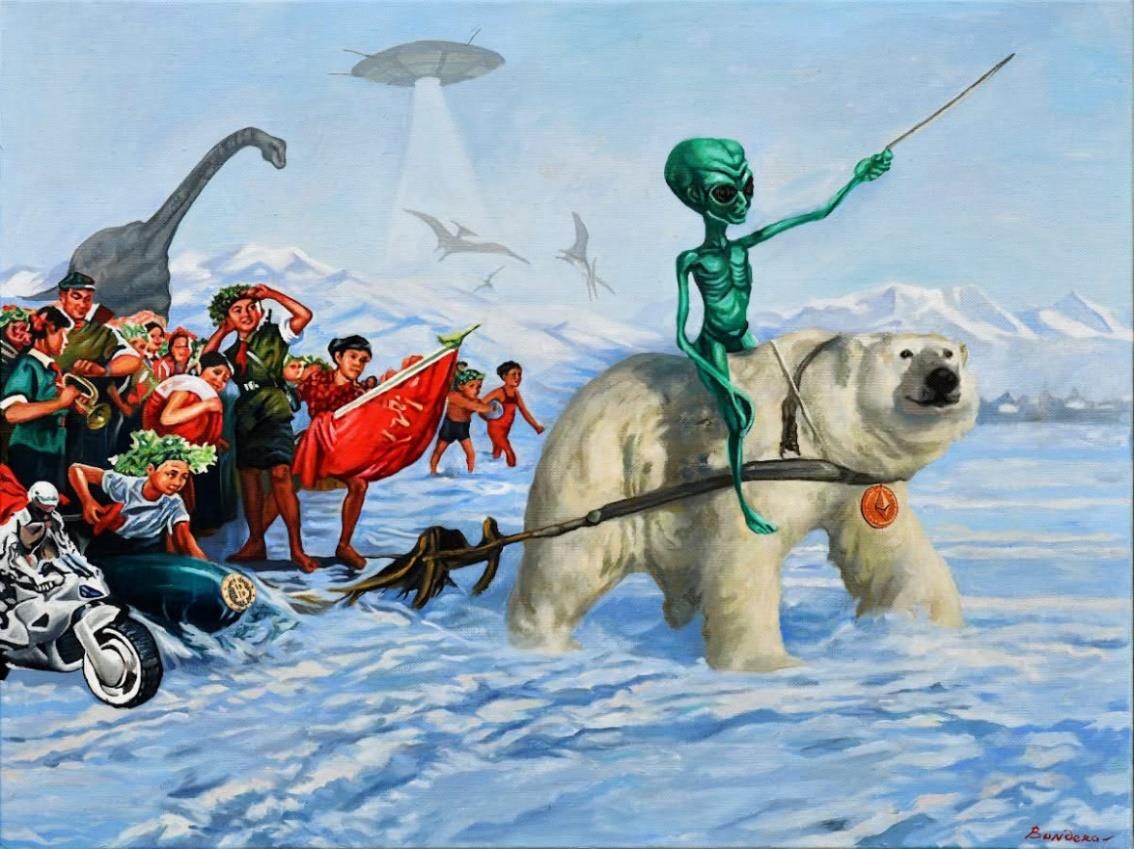
11. What does it mean to be an Odessa artist when Odessa itself is changing?
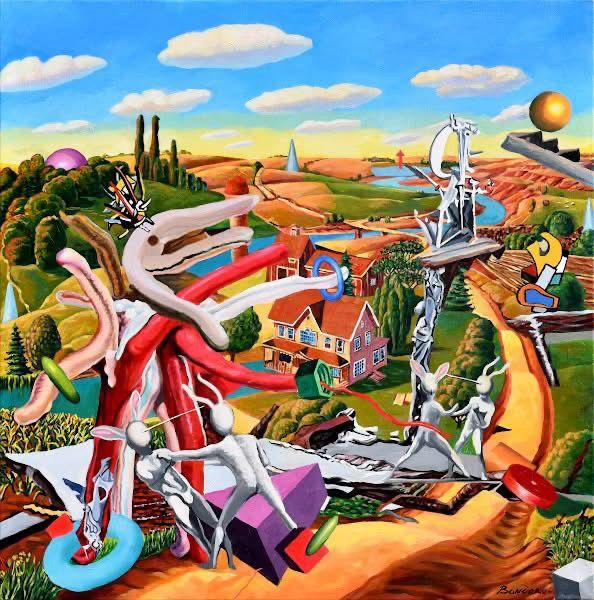
12. What would you like the viewer to feel — not understand, but feel — when looking at your work?
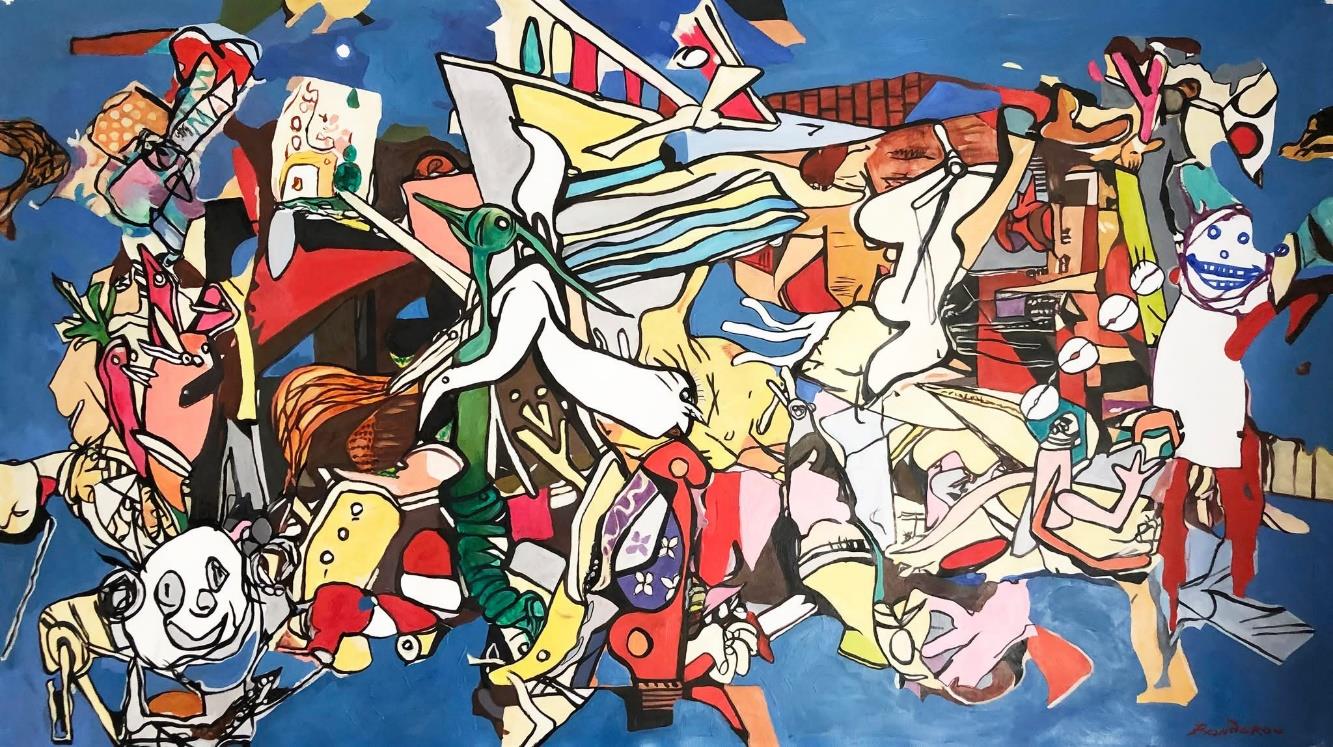
Conclusion
BONDERO’s paintings are not illustrations of reality, but an attempt to hold on to what slips between words. He does not describe what is happening — he lives through it, transforming experience into image. His painting does not explain; it invites one to feel, to slow down, to look at oneself without protection or excuses.
Odessa, time, trauma, hope — in his works these appear not as narrative, but as states of being. This is painting that does not dictate conclusions, but allows space for inner dialogue. And perhaps this is where the true honesty of contemporary art lies — not in speaking loudly, but in speaking precisely.
Artist’s Social Media









